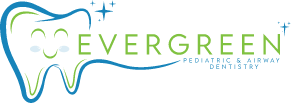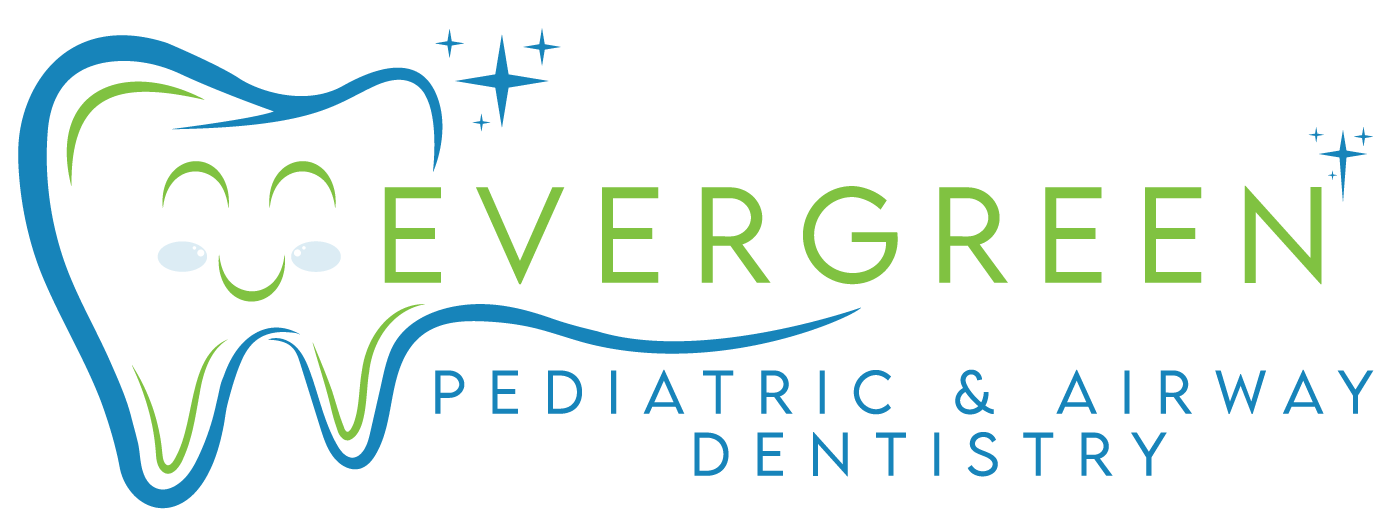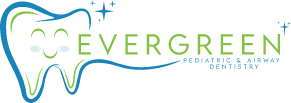Is Nasal Breathing the Key to Healthy Growth? Insights from Airway Dentistry Near Me
When it comes to a child’s health and development, we often prioritize diet, exercise, and sleep. But there’s another critical factor that’s often overlooked—nasal breathing. Far more than just the act of inhaling and exhaling through the nose, nasal breathing has a profound impact on a child’s overall health, growth, and development. Airway dentistry near me, a specialized field within pediatric care, is shedding light on this essential link.
At Evergreen Pediatric & Airway Dentistry, we believe that optimal health starts with addressing foundational habits like breathing. Through our innovative approach, we aim to help children thrive by promoting nasal breathing and identifying underlying airway issues.
If you’re curious about why nasal breathing matters and how it affects your child’s growth, this blog will provide the answers you need and empower you with actionable insights.
What Is Nasal Breathing?
Nasal breathing refers to the natural process of inhaling and exhaling air through the nose. While it may seem trivial how we breathe, the path that air takes can make a tremendous difference. Unlike mouth breathing, which bypasses the nose entirely, nasal breathing is the body’s preferred method of receiving oxygen. But why?
The nose is equipped with a built-in filtration system, consisting of tiny hairs and mucus membranes. These act as barriers, trapping dust, bacteria, and allergens that the body doesn’t want to inhale. Nasal breathing also warms and humidifies the air, preparing it to enter the lungs in an optimal state for efficient oxygen exchange. This process aids in delivering oxygen to the body’s cells effectively, ensuring the body functions as it should. Beyond just being a filter, nasal breathing also stimulates nitric oxide production, which further enhances oxygen uptake and circulation.
On the other hand, mouth breathing bypasses this filtration and humidification process entirely. When children habitually breathe through their mouths, it can set off a chain reaction of issues, ranging from oxygen inefficiency to developmental concerns.
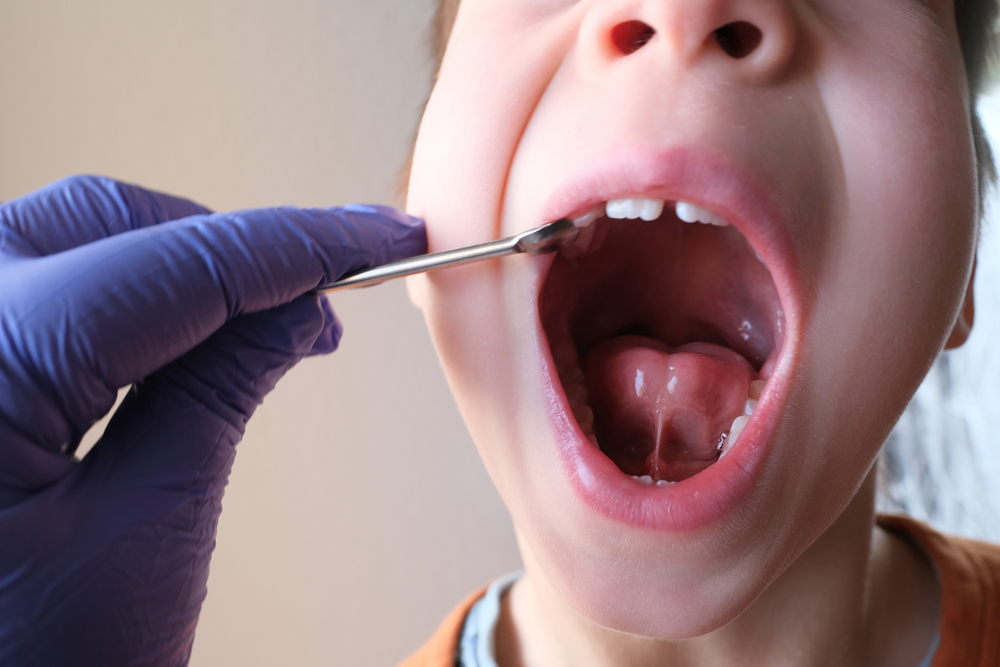
Pediatric Airway Dentistry
The Connection Between Nasal Breathing and Healthy Growth
During childhood, the way a child breathes has a powerful effect on their overall growth, particularly in the areas of oxygenation, facial development, and the establishment of a healthy airway system.
- Oxygenation: Proper oxygen levels are critical for cell function throughout the body. Nasal breathing naturally enhances oxygen uptake, which in turn provides the supply needed for brain development, energy production, and muscle growth.
- Facial Development: The face and jawbones are particularly malleable throughout childhood. Nasal breathing encourages correct tongue posture, which helps guide the growth of the palate and ensures a balanced facial structure. Over time, this minimizes the risk of improper alignment of the teeth and jaw.
- Airway Development: Nasal breathing helps maintain open airways, reducing the likelihood of obstructions. A functional airway system isn’t just important for breathing—it also impacts speech development, digestion, and sleep quality.
Without nasal breathing, children may not receive the oxygen they need, and their facial and airway structures may develop improperly, leading to long-term complications.
Signs Your Child May Not Be Nasal Breathing
Spotting the signs of poor breathing habits in children is crucial, as intervention can significantly improve development. Below are some common indicators of mouth breathing parents should watch out for:
- Physical Symptoms: Dry mouth, bad breath, snoring, or noisy breathing are often key signs of mouth breathing. Recurring nasal congestion without an infection may also indicate a reliance on mouth breathing in children.
- Behavioral Signs: Difficulty concentrating, irritability, and hyperactivity can result from poor-quality sleep caused by mouth breathing. These behavioral changes are commonly observed in children struggling with inadequate oxygenation during rest.
- Facial Changes: Long-term mouth breathing may cause visible facial changes, such as an elongated face, a narrow jaw structure, or persistent dark circles under the eyes. Early intervention can potentially prevent these structural alterations.
- Frequent Fatigue: Children who mouth breathe often experience fatigue because their bodies receive insufficient oxygen while sleeping or resting. This can negatively impact their energy levels, growth, and overall physical development.
If you notice any of these signs, it is advisable to consult an airway specialist or pediatric dentist who can assess your child’s breathing habits.
The Impact of Mouth Breathing on Health and Development
When mouth breathing becomes a chronic habit, it can disrupt a child’s health in significant, long-term ways. Here are just a few of the potential consequences:
- Improper Jaw Alignment: Mouth breathing shifts the tongue’s resting position downward, impacting the development of the jaws. This can result in a narrower palate, teeth misalignment, and an imbalanced facial structure, all of which may require orthodontic intervention.
- Sleep Apnea and Sleep Disorders: Chronic mouth breathing elevates the risk of obstructive sleep apnea in children. A narrowed airway can lead to interrupted breathing during sleep, resulting in restless nights and poor-quality rest, further impacting overall health and well-being.
- Developmental Delays: Insufficient oxygen and poor sleep due to mouth breathing can hinder cognitive functions, attention span, and motor skills. These developmental delays may lead to difficulties in school and social situations, making early intervention essential for children.
- Other Health Issues: Chronic mouth breathing has been connected to a higher likelihood of allergies, respiratory infections, and even dental decay from a dry oral environment.
Addressing these issues early is essential for preventing complications later in life.
Why Airway Dentistry Matters
Airway dentistry is a specialized branch of dental care focusing on evaluating and treating airway-related concerns, such as breathing patterns, jaw development, and overall oral health. This advanced approach addresses the underlying causes of airway issues, which can impede a child’s growth and well-being. It integrates dental care with holistic solutions that promote optimal health outcomes.
At Evergreen Pediatric & Airway Dentistry, we prioritize identifying airway challenges early. Issues like mouth breathing, jaw misalignment, and improper oral habits are thoroughly assessed, allowing timely intervention before complications arise. Our team collaborates closely with families to create tailored care plans, ensuring every child’s developmental needs are met while fostering improved long-term health.
By addressing these concerns proactively, our expertise in airway dentistry ensures children receive individualized care. This comprehensive approach helps prevent more serious health problems in the future while supporting their natural growth, sleep quality, and overall wellness. At Evergreen, we’re dedicated to enhancing children’s lives through proactive and personalized dental care.
How Nasal Breathing Influences Oral and Facial Development
Nasal breathing plays a key role in oral and facial development. Specifically, it:
- Supports Teeth Alignment: With nasal breathing, the tongue rests naturally against the roof of the mouth. This positioning encourages proper spacing for teeth to grow in straight lines, helping prevent overcrowding and laying the foundation for healthier teeth alignment.
- Guides Jaw Growth: Breathing through the nose promotes ideal growth of the upper palate and jaw. Conversely, mouth breathing disrupts this process, often leading to a narrow, high-arched palate and increased risk of developmental irregularities in the jaw structure.
- Maintains an Open Airway: Nasal breathing facilitates optimal airway development, ensuring smooth airflow during both day and night. Proper nasal structures support consistent breathing patterns, lowering the risk of airway-related problems that can affect sleep quality and overall health.
Fostering nasal breathing habits early allows parents to address structural and habitual concerns while their child’s facial and oral structures are still forming.
The Link Between Nasal Breathing and Sleep Quality
Sleep is a vital part of healthy growth, and nasal breathing significantly influences a child’s sleep quality. By promoting open airways and proper oxygenation, nasal breathing reduces the risks of sleep-disordered breathing conditions like snoring and obstructive sleep apnea. These conditions, if unchecked, can disrupt sleep and impact both physical development and overall well-being.
Poor sleep caused by airway issues can affect various aspects of a child’s life, including behavior, memory, and mood regulation. Fragmented sleep undermines the energy and focus children need for daily activities and learning. Over time, chronic sleep disruptions can lead to developmental delays, hindering cognitive and physical growth in crucial formative years.
Encouraging nasal breathing habits in childhood fosters healthier, more restorative sleep patterns. This simple but effective practice helps children achieve better sleep, supporting their overall development and equipping them with the foundation for long-term success. Through proper breathing, children are more likely to thrive and reach their full potential.
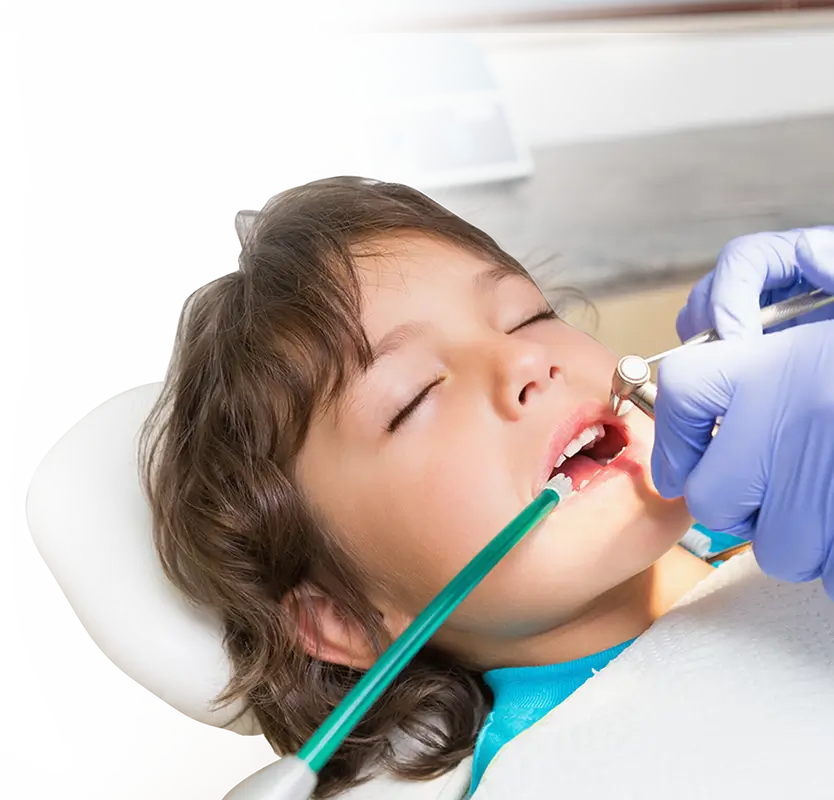
Airway Dentistry
How Evergreen Pediatric & Airway Dentistry Helps Your Child Thrive
At Evergreen Pediatric & Airway Dentistry, we’re passionate about creating effective paths toward optimal health. Our comprehensive approach includes:
- Advanced Diagnostics: We use state-of-the-art technology to assess airway function, identify signs of restricted breathing, and analyze facial structure. Our diagnostic methods provide a clear picture of your child’s needs, ensuring we can address underlying issues effectively. This precision is key to achieving lasting improvements in your child’s health and quality of sleep.
- Customized Treatment Plans: Each child is unique, which is why we tailor every treatment plan to their specific needs. This may include orthodontic solutions, functional appliances, or strategies to retrain breathing habits. Our personalized approach ensures the best outcomes, helping your child overcome challenges linked to improper breathing patterns and achieve optimal wellness.
- Early Intervention: Diagnosing issues like mouth breathing or airway obstruction early makes treatment simpler and more effective. Early intervention allows us to prevent complications that can impact your child’s development. By addressing concerns early, we can guide your child toward healthy breathing and proper growth, setting the foundation for lifelong well-being.
By focusing on airway health, we give children the tools they need to thrive now and in the future.
Actionable Tips for Parents to Encourage Nasal Breathing
Parents have the power to make small changes that encourage better breathing habits in their children. Here are some practical tips:
- Promote Proper Tongue Posture: Teach your child to rest their tongue gently against the roof of their mouth. This simple habit encourages nasal breathing and supports proper jaw development. Reinforcing this posture early promotes lifelong benefits for airway health and facial growth.
- Encourage Healthy Posture: Ensure your child maintains an upright head and neck position throughout the day. Slouching can constrict the airway, making nasal breathing more difficult. Good posture not only aids breathing but also contributes to overall physical and mental well-being.
- Monitor Sleep Habits: Pay attention to any signs of snoring, open-mouth sleeping, or restlessness. Persistent sleep issues can be a sign of underlying airway concerns. Seeking professional evaluation can help address problems early and improve your child’s quality of sleep.
- Address Allergies and Nasal Blockages: Chronic nasal congestion from allergies or colds can lead to mouth breathing. Collaborate with your child’s pediatrician to proactively manage any allergy symptoms. Clear nasal airways ensure your child remains comfortable and able to breathe effortlessly through their nose.
- Lead by Example: Children are naturally inclined to mimic their parents’ behaviors. Demonstrate proper breathing techniques and maintain good posture yourself. By modeling these habits daily, you can positively influence your child’s breathing and overall health management practices.
If concerns about your child’s breathing persist, consult a pediatric dentist or airway specialist as soon as possible.
Conclusion
Nasal breathing plays a crucial role in shaping children’s healthy growth and development. From facial structure to sleep quality, its impact is significant and far-reaching. By prioritizing proper breathing habits early on, families can give their children the best chance at thriving physically, cognitively, and emotionally.
At Evergreen Pediatric & Airway Dentistry, we are passionate about guiding parents through this process. Through innovative care, early intervention, and tailored treatment solutions, we empower families to address airway health concerns before they affect long-term growth. Schedule a consultation with us today to take the first step in ensuring your child’s optimal airway health. Healthy breathing means healthy growth, and we’re here to help every step of the way!
Evergreen Pediatric Dentistry
https://www.google.com/maps?cid=14720788683151219551
12910 Totem Lake Blvd NE #103, Kirkland, WA 98034, United States
(425) 814-3196
https://evergreenkidsdentist.com/
